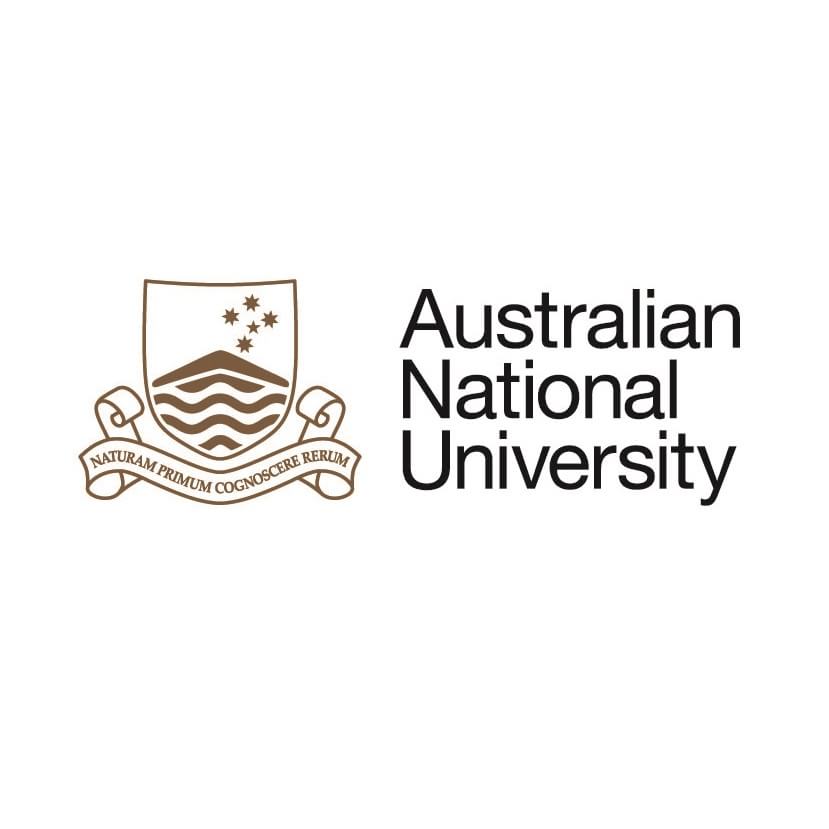Full description
Abstract: This data package is a derivative product consisting of a summary of the published data package Woodland Restoration Plot Network: Vegetation Structure and Composition Data, Western Sydney Parklands (Western Sydney Regional Park), NSW, Australia, collected in 2001. (https://doi.org/10.25911/5c3bfd1c3c810). These data are used to produce the graph and conclusions found in figure 8.30 on page 314 of Lindenmayer et. al 2014, Biodiversity and Environmental Change: Monitoring Challenges and Directions. These data show trends in compositional similarity of revegetated sites to remnant native vegetation in the first decade since planting (1992-2001) in a woodland restoration project. The lack of convergence between revegetated areas and native woodlands in species composition suggests that there has been little colonisation of native species in the revegetated sites. These data were collected from twenty-five 0.1 hectare sites which were established in a 10-year chronosequence of plantings that was sampled in 2001. The sites were located on retired farmland that includes a mosaic of restored vegetation (native plantings) of varying ages juxtaposed with patches of remnant vegetation and untreated, abandoned pasture. All sites were originally woodland prior to agricultural development about 200 years ago. The plantings monitored by the Woodland Restoration Plot Network research plots commenced in 1992 and have been revisited every 3-4 years since 2001. A synopsis of related data packages which have been collected as part of the Woodland Restoration Plot Network’s full program is provided at https://doi.org/10.25911/5c36e5688ff89. Study extent: The study site is located on retired farmland that includes a mosaic of restored vegetation (native plantings) of varying ages juxtaposed with patches of remnant vegetation and untreated, pasture (both grazed and abandoned). During their period of pastoral management (prior to 1990), the sites have been grazed by cattle, fertilised and planted with exotic pasture grasses, particularly Phalaris species. All sites were originally woodland prior to agricultural development about 200 years ago. Restoration projects commenced in the area in 1992 with a stated goal of ‘re-establishment of native vegetation’ (Perkins 1997). The restoration plantings were carried out in a pattern designed to connect remnant patches of woodland, which were also the primary sources of seed for tubestock. To evaluate success against the above goal, we therefore identified the remnants as suitable reference sites to which the restored sites were expected to increase their resemblance in composition and structure over time. Disturbance resulting from past agricultural practices in the area have impacted upon remnant patches to varying degrees, but these were the best available examples of native woodland in the region. Untreated pasture is defined as a control, from which restored sites are expected to become increasingly dissimilar in species composition and vegetation structure with time. See: Perkins I. 1997. Hoxton Park Corridor (North) Land and Vegetation Management Plan. Unpublished report. The NSW Department of Urban Affairs and Planning & Greening Australia (NSW), Sydney. Project funding: These data were curated and published with strategic funds from a TERN initiative to publish long term data packages from the book Lindenmayer et al. 2014 Biodiversity and Environmental Change: Monitoring, Challenges and Direction. Between 2012 and 2018 this project was part of, and funded through the Long Term Ecological Research Network (LTERN) a facility within the Terrestrial Ecosystem Research Network (TERN) and supported by the Australian Government through the National Collaborative Research Infrastructure Strategy.Created: 2015-06-10
Data time period: 2001
text: Western Sydney Parklands (Western Sydney Regional Park) and Prospect Reservoir are situated approximately 30 km west of Sydney, and extend over an area of nearly 5,280 hectares.
Subjects
Biological Sciences |
BIOSPHERE |
Composition Of Revegetated Sites Compared With Natural Vegetation |
EARTH SCIENCE |
Ecological Applications |
Ecology |
Environmental Sciences |
LTERN Monitoring Theme:Plant species composition |
LTERN Monitoring Theme:Restoration |
LTERN Monitoring Theme:Vegetation structure |
Vegetation |
Woodland Restoration |
keyword:Evaluation |
keyword:Restoration |
keyword:Revegetation |
keyword:Succession |
User Contributed Tags
Login to tag this record with meaningful keywords to make it easier to discover
Identifiers


